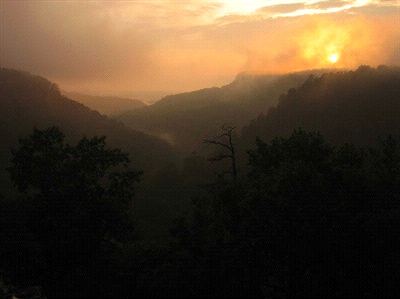Area 1,468 km² Population 21,245 (2013) | Founded 20 October 1825 | |
 | ||
Points of interest Museum of Automobiles, Movie House Winery, Cedar Falls Overlook, Cherokee Park, Cove Creek Natural A | ||
Conway County is a county located in the U.S. state of Arkansas. As of the 2010 census, the population was 21,273. The county seat is Morrilton. The county was formed on October 20, 1825, from a portion of Pulaski County and named for Henry Wharton Conway who was the territorial delegate to the U.S. Congress.
Contents
- Map of Conway County AR USA
- History
- Geography
- Major highways
- Adjacent counties
- National protected area
- Demographics
- Cities
- Town
- Census designated place
- Unincorporated communities
- Townships
- References
Map of Conway County, AR, USA
In 2010, the center of population of Arkansas was located in Perry County, near the city of Plumerville.
History
Conway County was formed on October 20, 1825 from a portion of Pulaski County and named for Henry Wharton Conway, who was the territorial delegate to the U.S. Congress. From 1831 until 1883, Lewisburg was the county seat.
Geography
According to the U.S. Census Bureau, the county has a total area of 567 square miles (1,470 km2), of which 552 square miles (1,430 km2) is land and 14 square miles (36 km2) (2.5%) is water. It is the fifth-smallest county in Arkansas by area.
Major highways
Adjacent counties
National protected area
Demographics
As of the 2000 United States Census, there were 20,336 people, 7,967 households, and 5,736 families residing in the county. The population density was 37 people per square mile (14/km²). There were 9,028 housing units at an average density of 16 per square mile (6/km²). The racial makeup of the county was 84.27% White, 13.05% Black or African American, 0.50% Native American, 0.23% Asian, 0.03% Pacific Islander, 0.74% from other races, and 1.18% from two or more races. 1.77% of the population were Hispanic or Latino of any race.
There were 7,967 households out of which 31.40% had children under the age of 18 living with them, 56.70% were married couples living together, 11.50% had a female householder with no husband present, and 28.00% were non-families. 25.40% of all households were made up of individuals and 12.10% had someone living alone who was 65 years of age or older. The average household size was 2.51 and the average family size was 2.99.
In the county, the population was spread out with 25.40% under the age of 18, 8.30% from 18 to 24, 26.70% from 25 to 44, 23.50% from 45 to 64, and 16.10% who were 65 years of age or older. The median age was 38 years. For every 100 females there were 94.40 males. For every 100 females age 18 and over, there were 91.50 males.
The median income for a household in the county was $31,209, and the median income for a family was $38,179. Males had a median income of $28,199 versus $20,134 for females. The per capita income for the county was $16,056. About 12.20% of families and 16.10% of the population were below the poverty line, including 21.90% of those under age 18 and 13.10% of those age 65 or over.
Cities
Town
Census-designated place
Unincorporated communities
Townships
Townships in Arkansas are the divisions of a county. Each township includes unincorporated areas; some may have incorporated cities or towns within part of their boundaries. Arkansas townships have limited purposes in modern times. However, the United States Census does list Arkansas population based on townships (sometimes referred to as "county subdivisions" or "minor civil divisions"). Townships are also of value for historical purposes in terms of genealogical research. Each town or city is within one or more townships in an Arkansas county based on census maps and publications. The townships of Conway County are listed below; listed in parentheses are the cities, towns, and/or census-designated places that are fully or partially inside the township.
